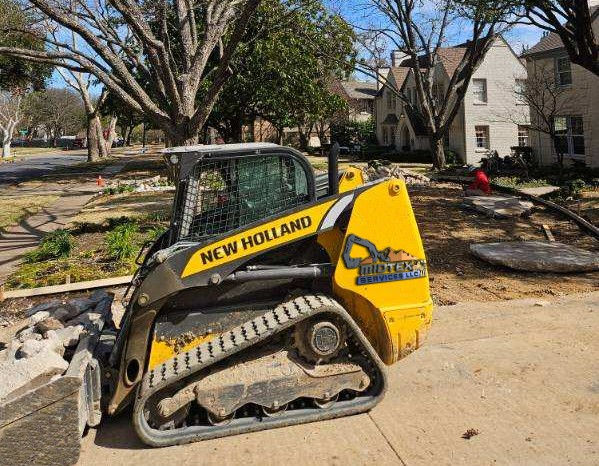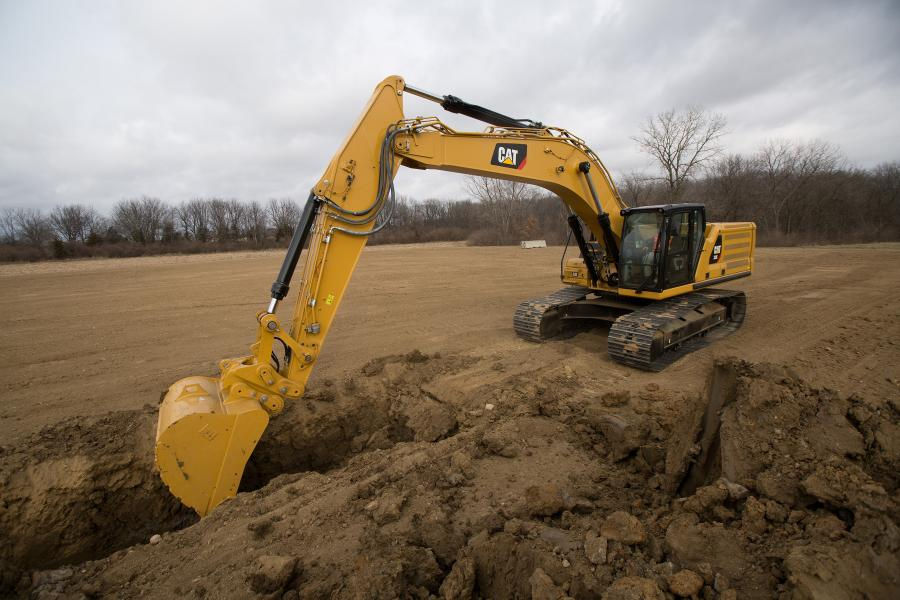The Essentials of Residential Excavation: What You Need to Know
- Midtex Services
- Dec 31, 2023
- 2 min read
Updated: Apr 13, 2024

Excavation is a fundamental aspect of residential construction and landscaping projects, involving the removal of earth and debris to prepare the site for building, landscaping, or utility installations. Whether you're planning a new home, a backyard makeover, or a renovation project, understanding the essentials of residential excavation is crucial. Let's dive into what you need to know:
1. Site Assessment and Planning:
Before starting any excavation work, a thorough site assessment is essential. This includes surveying the terrain, identifying existing structures, assessing soil conditions, and determining any potential hazards or obstacles. Proper planning ensures that excavation is conducted safely, efficiently, and according to local regulations.
2. Excavation Equipment:
Excavation requires specialized equipment tailored to the scope and scale of the project. Common excavation equipment includes excavators, backhoes, bulldozers, and dump trucks. The choice of equipment depends on factors such as site accessibility, soil type, depth of excavation, and specific tasks like digging trenches or grading.
3. Excavation Techniques:
Different excavation techniques are used based on the project's requirements. These techniques include:
- Trenching: Digging narrow and deep trenches for utility installations such as water lines, sewer lines, and electrical conduits.
- Grading: Leveling and shaping the terrain to achieve proper drainage, foundation stability, and landscaping aesthetics.
- Bulk Excavation: Removing large volumes of soil and debris to create space for building foundations, basements, or outdoor living areas.
- Site Clearing: Clearing vegetation, trees, rocks, and debris from the site before excavation begins.
4. Safety Measures:
Safety is paramount in residential excavation to protect workers, property, and the surrounding environment. Safety measures include:
- Ensuring all personnel are trained in excavation safety protocols.
- Conducting utility locates to avoid damaging underground utilities.
- Implementing proper shoring, trenching, and sloping techniques to prevent cave-ins.
- Using personal protective equipment (PPE) such as hard hats, gloves, and safety vests.
5. Environmental Considerations:
Residential excavation must adhere to environmental regulations and sustainability practices. This includes proper disposal of excavated materials, erosion control measures, sedimentation management, and minimizing disruption to natural habitats and waterways.
6. Post-Excavation Tasks:
After excavation is complete, several post-excavation tasks may be necessary:
- Backfilling: Filling excavated areas with suitable materials to support structures and prevent soil erosion.
- Compaction: Compacting backfilled soil to ensure stability and prevent settlement.
- Grading and Landscaping: Shaping the terrain, planting vegetation, and installing landscaping features to enhance the property's aesthetics and functionality.
7. Hiring a Professional Excavation Contractor:
For residential excavation projects, it's crucial to hire a reputable and experienced excavation contractor. Look for a contractor with a proven track record, proper licensing and insurance, adherence to safety and environmental standards, and good communication and project management skills.
In conclusion, residential excavation is a complex process that requires careful planning, proper equipment, adherence to safety and environmental standards, and professional expertise. By understanding the essentials of excavation, homeowners can ensure successful and efficient construction and landscaping projects that enhance their properties' value and functionality.
---





Comments